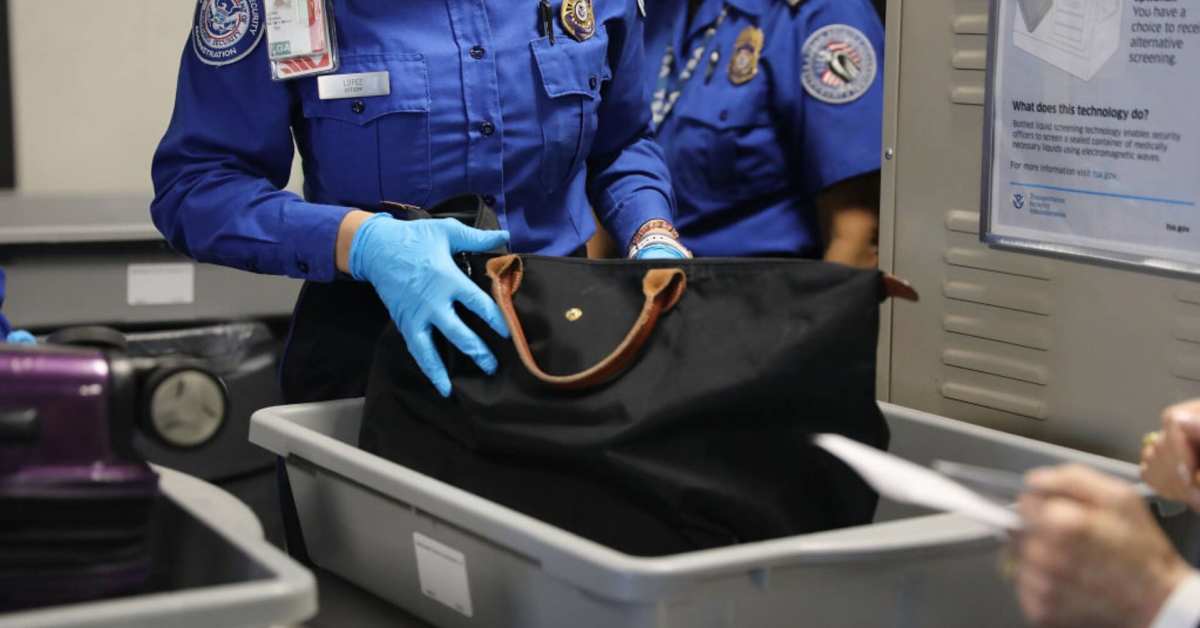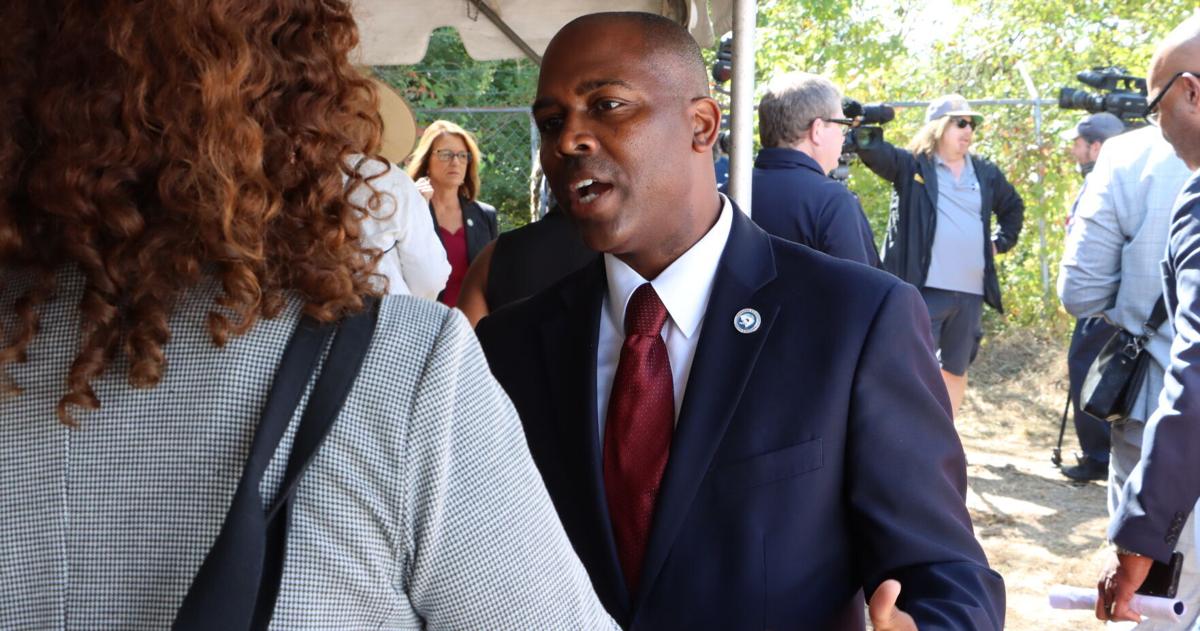
Going through security at the TSA isn’t very fun for most people.
Frustrations with the TSA exist for many reasons. Long lines are one problem. A long list of rules is another.
One recent study by LugLess revealed that 30% of travelers are worried about TSA agents throwing out their expensive items. Further, 27% of travelers are concerned they’ll be flagged for extra screening, and 16% say they are afraid of a search of luggage in front of others.
While the TSA needs to do everything it can to keep people safe, especially as it typically screens over two million passengers per day, some people are annoyed with limits they see as silly, like the now-abandoned rule that you had to take your shoes off when going through security
Still, whether you like the rules or not, you’ll need to follow them.
That’s why it is important to heed the TSA’s recent warning about an item that over 13 million Americans use, which cannot be packed in a checked bag.
TSA says you can’t put this item in your checked bag
The TSA alerted passengers to the prohibited item in a Facebook post on February 17, 2025. Here’s what the post said:
“Travel tip: Vapes must be packed in your carry-on bag. Keep them there while traveling through airports and on the plane. The only clouds you should be chasing are the ones your plane flies through!”
More on travel:
U.S. government issues serious warning for cruise passengers
Delta Air Lines makes a baggage change that travelers will like
United Airlines passenger incident triggers quick response
The government agency provides even more details on vaping products on its website. Here’s what the TSA website says:
“Electronic smoking devices are allowed only in carry-on baggage. Passengers are required to take effective measures for preventing accidental activation of the heating element of the device when transporting the devices.”
Vapes are used by millions of Americans
Vapes, or e-cigarettes, are used by a surprising number of Americans. The National Institute on Drug Abuse reported that in 2021, around 13.2 million people had vaped nicotine in the prior 30 days.
That number is likely even higher now as young people embrace the vaping trend. In fact, here’s what the New York State Department of Health said about trends in vaping in younger generations:
“A much larger percentage of youth and young adults use e-cigarettes compared to older adults. Across New York State, 18.7 percent of high schoolers vaped in 2022.”
Here’s why vapes can’t go in checked bags
For the millions of vapers wondering why they can’t just bring e-cigarettes in their luggage, there’s actually a good reason for the rule.
The reality is that vapes are not allowed in checked bags because the items cannot travel safely.
The U.S. Department of Transportation highlighted numerous incidents with vapes in checked bags before the rules changed. These stories were included in a safety alert for operators.
Safety incidents involving vapes in checked bags:
Electronic cigarettes have started fires in luggage because of overheating batteries or because they were left on.
A vape in a suitcase, which had luckily missed getting on board the plane, caught fire in a Los Angeles airport.
A vape in a checked bag in the cargo hold of a plane caused a fire and forced an aircraft to be evacuated shortly before takeoff.
These risks are serious, and airlines can’t take the chance of a vape in the cargo hold catching fire mid-air.
How to avoid the risk of vapes on an aircraft
The FAA doesn’t just want to ban vapes from being carried in checked bags. The agency has also made clear that passengers:
“are required to take effective measures for preventing accidental activation of the heating element of the device when transporting the devices.”
What the FAA says can prevent fires with vapes on planes:
Taking the battery out of the device
Separating the device’s battery from its heating coil
Using a protective case or cover for the device
Using a safety latch or a locking device on the heating coil activation button
Using devices that have electronics or technology aimed at avoiding accidental activation, such as devices that don’t allow activation of the heating coil button until the device is separately powered on
The millions of Americans who use these devices should follow these regulations to keep themselves and others safe.
(The Arena Group will earn a commission if you book a trip.)



